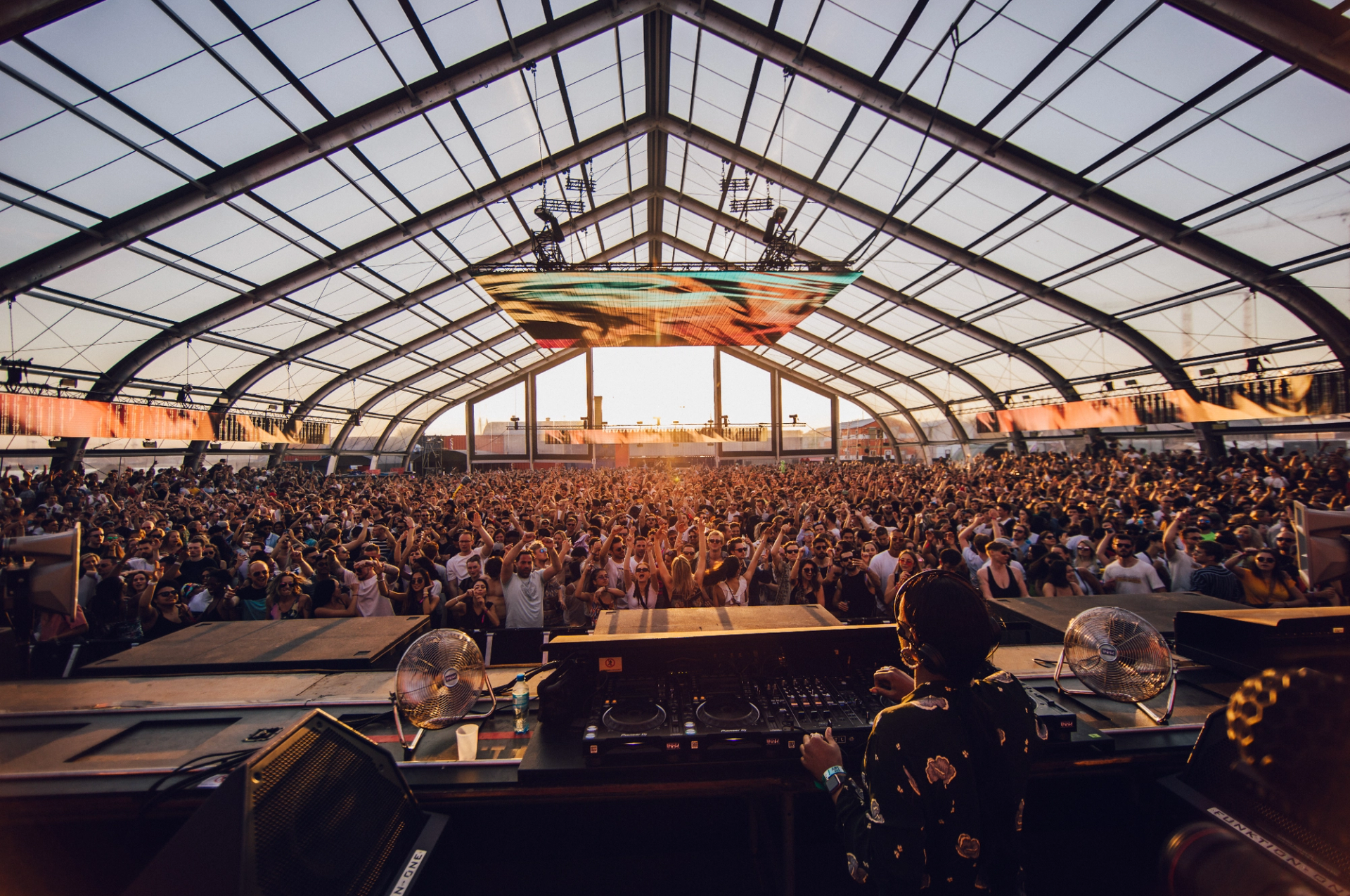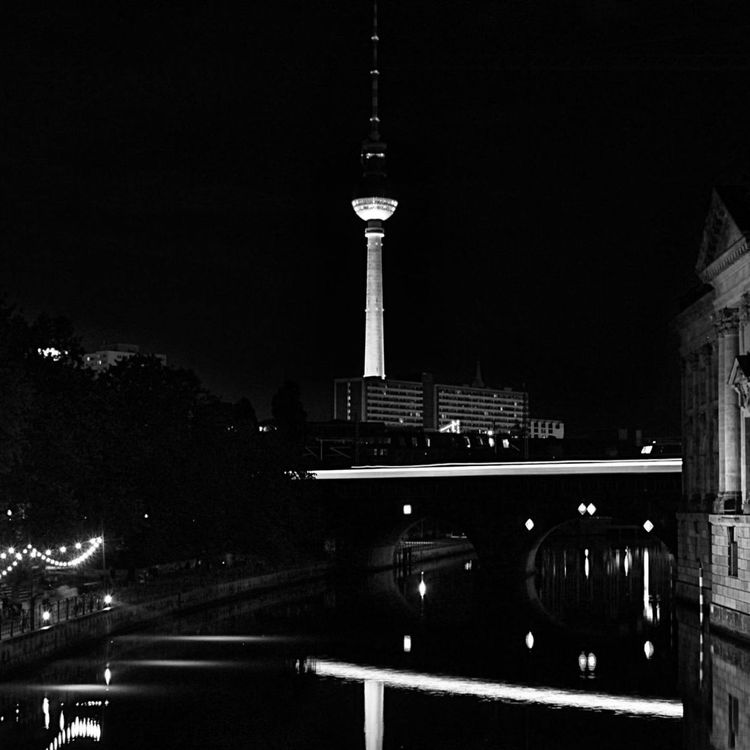How DGTL Amsterdam Raises the Bar for Festival Sustainability
Music creates communities. Festivals are the physical manifestation of that concept. When thousands of people concentrate in an area to eat, sleep, and be entertained, sustainability experts liken these complex communities to mini-cities. With this in mind, one Amsterdam-based festival is determined to set a new standard for environmentally-friendly events.
On top of a spectacular music and visual art lineup, DGTL group has curated their sustainability efforts with extreme detail. They place a significant focus on climate impact, with the goal “to become the first regenerative event organization on a global scale,” according to their website.
DGTL Amsterdam takes place on April 15-17, 2022, at the NDSM Docklands. The lineup brings a variety of electronic DJs spinning trance, techno, and deep house. Talents behind the booth include LSDXOXO, Jon Hopkins, KI/KI, Jaguar, and Kerri Chandler b2b Hot Since 82.
DGTL 2022 plans to be climate-neutral, and they are meticulous with how they define their goals. This year they added a third day and have seven stages with 80 artists. DGTL also has editions taking place this year across Tel Aviv, São Paulo, Barcelona, Santiago, Mumbai, and Guadalajara.

Seeing as DTGL has expanded their objectives and welcomes back more folks year after year, they proudly call themselves sustainable under Dutch green deal standards. Since the first edition in 2017, they have become a “fully circular festival,” which means DGTL designs their events “to close material loops, eliminate CO2-emissions, and increase environmental awareness.”
The high consumption nature of festivals has traditionally failed to model sustainability efforts. It takes massive amounts of energy to support people gathering and dispersing throughout a weekend. While the loudest examples fall on poor planning, the attendees also play a huge part.
Famously, at the close of Woodstock 1969, images show the mass garbage piles accumulated by 8000 volunteers who stayed to clean up after the 400,000 attendees. With exponentially larger crowds than expected, the toilet and water situation was disastrous, and potable water was tainted. Archeologists have uncovered traces of the festival fifty years later in an excavation of the Bethel, New York grounds.
Festival organization has come a long way and usually manages to serve the expected crowd size, but with or without sustainability in mind, they aren’t perfect.

In 2021, the Reading and Leeds Festival made headlines when thousands of tents and sleeping bags were abandoned at the Bramham Park site. Some materials were redistributed around Europe through Herts for Refugees. But the lack of understanding often toted leave no trace policies was astounding. Reading Festival’s sustainability coordinator Lily Robbins said, “The ultimate messaging is: take your tent home. It’s the best thing people can do.”
Broken cups, water bottles, gum wrappers, beer cans, and tiny baggies... Plastic waste is probably the number one thing that comes to mind for anyone who has kicked their way through trash towards the venue exit. In numbers reported in 2015 by Powerful Thinking, a think tank on sustainability and festivals, events in the UK generate 23,500 tonnes of waste annually, and only 32% is recyclable.

In their sustainability report, DGTL calculated how much CO2 is emitted per artist - an average of 196kg. The average weight of waste created by visitors is 2.33 kg, and they have already reduced that to 93 grams in 2019, with the goal this year to hit zero. They redirect landfill waste to compost using food trays made of sugar cane. By switching to hard cups, the festival is saving an average of 1000kg of plastic. Their machinery uses biodiesel—Hydrotreated Vegetable Oil—as a fuel alternative with lower emissions.
This year, DGTL wants to change the “waste status” of, well, human waste. So it comes down to what is considered “waste” and how the emissions are counteracted.

They broke down the categories of sustainability into food, sanitation, energy, resources, and mobility. Each presents unique challenges to reducing waste and increasing renewable sources while minimizing climate impact. From transportation and drink stalls to stage production and portapotties, DGTL demonstrates how festivals can look at renewable options.
The goals address many points for environmental impact, and most of the energy solutions are specific to the Netherlands, like Greener batteries and power grids that use renewable energy sources. The Dutch government’s participation in the international Green Deal Circular Festivals initiative is a commitment to “reduce the environmental impact of European festivals as much as possible by 2025.” DGTL’s parent company Apenkooi Events, was one of the first to meet the criteria.
All these numbers sound impressive and promising but does it truly change the impact?
As standards change and these practices become more popular, we might see more festivals at the very least be inspired to track their energy usage and output. However, festival companies expect to push tons of waste towards landfills and emissions even with diligent planning. Offsetting emissions by planting trees and supporting outside initiatives after the fact is a final phase option. The point of touting sustainability is being able to do the numbers and keep eco-friendliness ingrained in the planning of outdoor events, not as a later problem.

Nothing beats the feeling of returning to your favorite festival’s sacred grounds after a long time away. The desire for a trash-free dancefloor the next day seems to instill a little respect for a voluntary cleanup effort, too. Often festival attendees are eager to help with just a little personal incentive – what comes to mind is the dinosaur pin my friend got after turning in a bag of trash at Lost Lands. A few people caring for the rest of the crowd go a long way in terms of tidiness, but does that equate to sustainability?
Young adults care most about climate change, and they’re also the demographic buying the most tickets. Naturally, for those seeking a wholesome festival experience over aesthetics, placing value on sustainability on the festival front adds points to attending a show on top of an appealing lineup. It’s hard to ignore when the festival’s information writes its environmental commitment so boldly. If we knew precisely how resource management affects ticket prices, that might highlight the literal value of sustainability, even if we can’t picture the true costs.

The Netherlands has hundreds of festivals each year, and it’s ripe with opportunities to innovate festival sustainability practices at multiple scales. An abundance of resources are required to create a space for people to settle in and move across festival grounds. Sustainability is best managed at smaller-scale festivals, but DTGL’s long list of environmentally friendly solutions can be applied to festivals with tens or hundreds of thousands in attendance.
Leading the charge in making festivals more eco-friendly is Mitchell van Dooijeweerd, the sustainability manager for DGTL and the Revolution Foundation in the Netherlands. Revolution is involved with a dozen festival organizers, including DGTL, elrow, The Gardens of Babylon, and Valhalla. His approach aims to invoke a change in behavior with festivals, partners, local governments, and attendees. He looks at the micro-city perspective of festivals as they are a controlled environment to test various solutions that can be applied to the rest of the world.

The United Nations identifies even more targets for creating sustainability development in a holistic sense, including social and economic growth. Festivals contribute to local tourism, but job creation and upsizing productions can also conflict with the notion of making environmental strides.
So, is it possible to have a genuinely sustainable festival ecosystem?
In the fast-paced, hedonistic world of a music festival weekend, fans can easily overlook what goes into the production and what is left over afterward. But escapism shouldn’t exclude morals: respect for your space is very much in line with PLUR values. Fans will notice real work and see through greenwashing. It will take years, but with international green deals growing, festivals are starting to catch on.

The incentive for festivals would be to see positive feedback and money saved by using green alternatives. This usually looks like a green deal with government benefits, which is the main reason festivals will take action. It certainly can’t hurt festivals to tote their efforts in their marketing and explain the significance for people to grasp what it looks like to be “circular” beyond the buzzwords.
DGTL’s transparency shows integrity and effort in handling the most tangible aspects of what inevitably goes into human gatherings and major stage productions. The community and culture that a festival brings to its surrounding area should be a point of pride. Following incentive programs may boost the profile of festivals locally, and successful partnerships translate to increased chances of an event returning.
With a multifold approach, DGTL hopes a handful of its methods will be adopted by other festivals internationally. The visibility of sustainable efforts are essential for others to understand, emulate and appreciate. While not everyone will be down for “pee to tea” levels of regeneration any time soon, the focus on sustainability is a choice organizers can either approach head-on or deal with as an afterthought.
Words by: Aurora Zboch
















